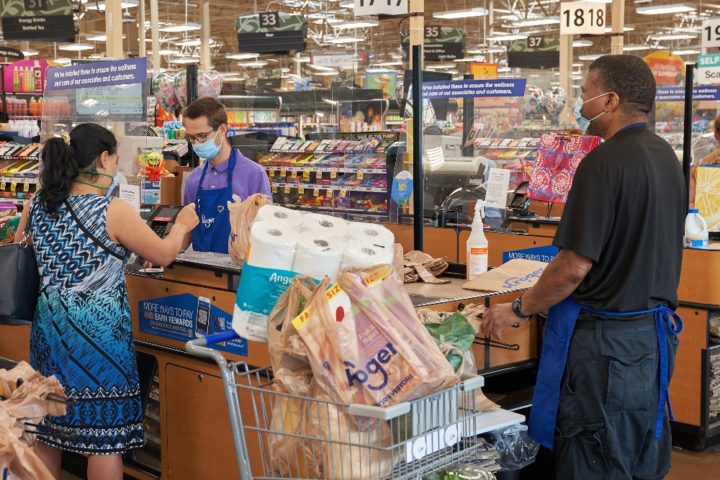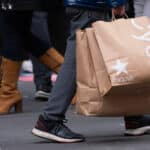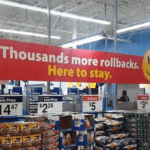
Ever since brands and retailers cracked down on the excesses of the “extreme couponing” era, couponers have complained that there just aren’t enough coupons and deals available anymore. But complaining is about all that anyone could do about it, since brands haven’t budged and the number of available coupons has continued to decline.
A global pandemic, however, may have changed the equation. Increasingly cash-strapped shoppers want coupons and deals more than ever – and if they don’t get them, brands may suffer the consequences.
Inmar Intelligence is out with a new survey, which found that shoppers are looking for deals, they expect their favorite brands and stores to provide them, and if they don’t – they’re switching to those that do, and may never switch back.
More than 80% of the shoppers surveyed said they have been actively looking harder for grocery coupons and promotions since the coronavirus pandemic began, while almost 40% said coupons and promotions are harder to find.
As a result, 61% of shoppers have switched to less expensive brands. And the vast majority of those who have, are happy with the switch and may not ever switch back. Grocery stores’ coupon offerings, policies and promotions are important, too – nearly 60% of survey respondents said they shop more frequently at stores that offer better deals, and less frequently at those that don’t.
Several brands have tried to provide reassurances that coupons and promotions are already returning to normal. Earlier in the year, when manufacturers and retailers were more concerned about keeping the shelves stocked and not enticing shoppers to crowd into stores for deals, many products were being sold at full price. But the deals are slowly returning.
“Pre-COVID, about 33%, 34% of volume was moving on promotion in our categories,” Procter & Gamble Chief Financial Officer Jon Moeller said at an investment conference yesterday. “As we went through April/May/June, that was reduced to 17%, the volume that was moving on promotion. That returned in the last quarter to about 26%, so you’re already seeing a return to, if you will, normal promotion levels.”
That said, other brands have grown used to offering fewer promotions, and don’t plan on returning to pre-pandemic levels if they can help it. “We are seeing more normal levels of promotions,” Kraft Heinz’s U.S. zone president Carlos Abrams-Rivera told the same Morgan Stanley Global Consumer and Retail Conference yesterday. But in some categories, “we are investing more in marketing, less in price promotions… So I would say that’s our focus, not necessarily kind of heightening the amount of promotion, but being smart” in balancing price promotions with more traditional advertising.
Those mixed messages have left shoppers divided over whether coupons and deals are really getting better, or not. Most store sales circulars and coupon inserts are thicker than they used to be, but not everyone is convinced that pricing and promotional levels are completely back to normal – while 39% of shoppers in Inmar’s survey said they’ve seen fewer coupons and deals available at the grocery store, 35% said they’ve noticed more.
Either way, Inmar suggests brands and retailers take note of what shoppers are saying. “The survey findings suggest that shoppers expect retailers to provide more promotions and have expressed their willingness to try new brands because of it,” Inmar Intelligence Chairman and CEO David Mounts said in a statement. “So it is crucial for retailers and CPG brands to provide cost savings opportunities, whether this be coupons or other promotional activities to maintain store traffic and protect customer loyalty.”
So keep an eye on your store circulars, your Sunday coupon inserts, your store’s digital coupon galleries, or whatever you turn to in order to save money on your groceries. If your favorite brands and retailers aren’t offering the deals you want in the short term, then competing brands and retailers that take Inmar’s advice may be the ones to earn your business in the long run.
Image source: Kroger










